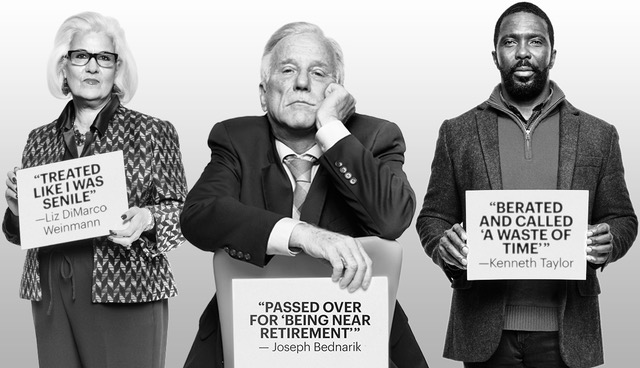Overcoming the AGEISM Barriers
Overcoming the AGEISM Barriers
We all want to live a full life – A life where we can do as much as we want, pursue all our interests or desires, achieve our full potential and realise our self-worth.
The World Health Organisation (WHO) states that: “Every person – in every country in the world – should have the opportunity to live a long and healthy life. Yet, the environments in which we live can favour health or be harmful to it.” The WHO reminds us of the unprecedented rate and pace of an ageing population and how this presents both challenges and opportunities.
The important question for all older persons is: What kind of environment and what opportunities do we need to thrive in our older years? How can we overcome barriers and be an active member of our community? In this article, we talk about the barriers to leading a full life as an aged person with some potential solutions to ageism.
Ageism: Negative Attitudes and Beliefs
Ageism is defined as: stereotyping, discrimination and mistreatment based solely upon a person’s age. Discriminatory treatment is often based on ageist stereotypes and paternalistic or adverse assumptions about loss of capacity and inability or even interest in learning to adapt and to learn new skills. These ageist attitudes exacerbate exclusion of older individuals and groups from social and economic activities such as remunerated work. It is claimed that “older age” often leads to systematic disadvantage, a claim that supports the definition and discrimination described above.
How We Overcome: Speak Up
Overcoming the barriers starts with expressing what is appropriate and suitable for our age group (having a voice) and by contributing in the decision-making process about our needs. In Australia, there are many wonderful organisations which provide services for the older age group.
A Way to Have Your Say
Health Assessment Portal (HAP) recently won a Council on the Ageing (COTA) grant that would financially enable the conduct of workshops during Seniors Month last year. The older group within their communities were encouraged to participate in these workshops and to talk about how HAP can better serve their needs.
The Rights of Older Persons
At the national level, the Rights of Older Persons Australia (ROPA), has research which indicates that the ageing population is particularly vulnerable to discrimination and human rights violations. Current human rights instruments and legal frameworks do not provide adequate protection for older people, either in law or practice.
ROPA is working to have the Australian Government express support for and commitment to the adoption of a United Nations Convention on the Human Rights of Older Persons. The specific needs of older persons include: protection from neglect, violence, and abuse; autonomy and independence; right to health and access to health services; social protection and social security; education, training, life-long learning, capacity building; and social inclusion.
Another national organisation, EveryAGE Counts, is Australia’s national coalition and grassroots movement to end ageism. The vision of EveryAGE Counts is a society where every person is valued, connected, and respected regardless of age. As the local volunteer/advocate for EveryAGE Counts, I have become equipped to challenge ageism behaviours and to facilitate and provide lectures about this topic for community groups. Fellow seniors who feel mistreated, significantly disrespected, or discriminated against because of age, need to call out ageism behaviours. This can be done directly in a respectful fashion or, if the behaviour is serious, there are organisations to which the behaviour can be reported.
Breaking Down the Barriers through Age Friendly Communities
The WHO has developed an age-friendly cities’ model which proposes eight interconnected domains that can help identify and address barriers to the well-being and participation of persons at every age. An age-friendly community encourages
an environment where older people are valued, respected, and actively supported to participate in their community.
We should all encourage our local and state Governments to follow the WHO model for the conversion of existing communities and the development of new ones, given that the model presents a fundamental way of breaking down the
barriers to leading a full and fruitful life in older age.

